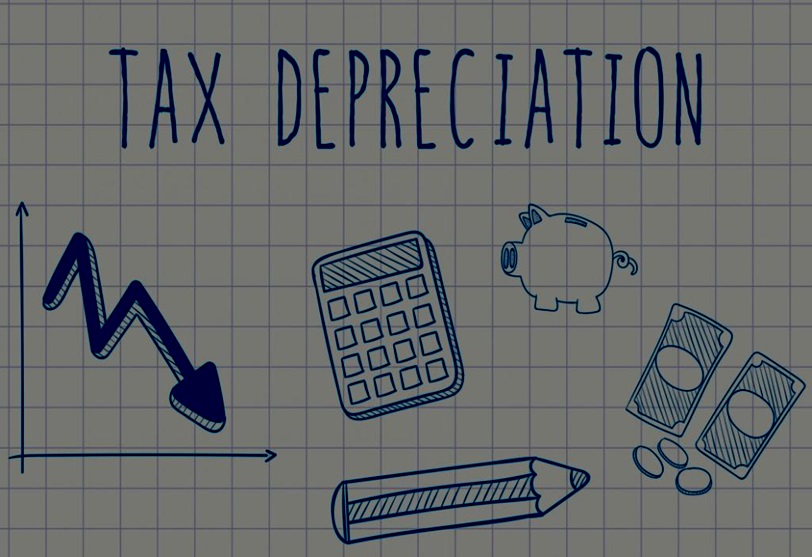Property investment in Australia offers numerous financial advantages, and savvy investors know that maximizing tax strategy benefits is crucial for long-term success. Among the many strategies available, one powerful tool stands out: the tax depreciation schedule. By understanding and harnessing the potential of depreciation, property owners can significantly reduce their taxable income and enhance their cash flow. Let’s delve into the concept of tax depreciation schedules and their importance in the Australian real estate market.
Tax depreciation schedules
Tax depreciation schedules play a crucial role in the world of property investment in Australia. They are an essential tool for property owners to maximize their tax benefits and effectively manage their cash flow. A tax depreciation schedule is a detailed report that outlines the depreciation deductions available for different components of an investment property. This schedule helps property owners claim deductions for the wear and tear of their assets, which can significantly reduce their taxable income.
Understanding depreciation
Depreciation is the drop in value of an asset over time due to wear and tear or the passage of time. In the context of tax depreciation schedules, it refers to the reduction in the value of the structural elements and fixtures within a property. The Australian tax agencies recognize that properties deteriorate over time and allow property owners to claim tax deductions for this decline in value. Depreciation can be categorized into two types: capital structure deductions—for the building’s structure, including bricks, mortar, concrete, and other elements. Then there are plant and equipment deductions—for removable assets within the property, such as exhaust fans, carpets, vinyl, ACs, bathroom accessories, and much more.
How these claims are made
Claiming depreciation deductions through tax depreciation schedules is a straightforward process that involves proper documentation and adherence to ATO guidelines. Once a property owner obtains a tax depreciation schedule from a qualified quantity surveyor, they can submit it along with their tax return to claim the deductions. The schedule includes detailed information about the depreciable assets within the property, their respective values, and the calculated depreciation deductions.
How long does it take for a schedule to complete
Obtaining a complete tax depreciation schedule typically takes around seven business days. The process begins with engaging a qualified quantity surveyor who specializes in preparing these schedules. The quantity surveyor will visit the investment property to conduct a thorough inspection and assessment of the depreciable assets within the premises. They will meticulously document the details of each asset, including its value, condition, and estimated effective life expectancy. Once the on-site assessment is complete, the quantity surveyor will use their expertise and knowledge of ATO guidelines to calculate the depreciation deductions accurately. They will compile all the necessary information into a comprehensive tax depreciation schedule.
The importance of tax depreciation schedules
Tax depreciation schedules are particularly important for property investors as they provide a structured approach to claiming depreciation deductions. In Queensland, for example, these schedules are prepared by qualified quantity surveyors in Brisbane who assess the value of each depreciable item within a property and calculate the depreciation deductions accordingly. By obtaining a tax depreciation schedule, property investors in the region can ensure they are claiming all available deductions, leading to significant tax savings.
Maximizing tax benefits
Tax depreciation schedules allow property owners to claim deductions on both the capital works and plant and equipment components of their investment property. The capital works deductions cover the structural elements such as walls, floors, and roofs, while plant and equipment deductions relate to items like air conditioning units, carpets, and kitchen appliances. By accurately assessing the value of these depreciable assets and calculating the depreciation deductions, property investors can effectively minimize their taxable income and enhance their cash flow.
Conclusion
Tax depreciation schedules are an invaluable tool for property owners in Australia seeking to maximize their tax benefits. By understanding the concept of depreciation and utilizing the expertise of qualified quantity surveyors, property investors can unlock substantial savings through depreciation deductions. These schedules provide a structured approach to claiming deductions on both the capital works and plant and equipment components of an investment property. By adhering to ATO guidelines and ensuring compliance, property owners can confidently claim their depreciation deductions and enhance their finances.













Comments